The eardrum is a thin membrane that connects the outer ear with the middle ear. The human ear is made up of the three parts - the outer ear, which is the visible part, the middle ear, which is a small, the air-filled canal that connects to the back of the nose, and the inner ear, made up of the cochlea and the hearing nerve.
Perforation of the Eardrum
A perforated eardrum means there is a small hole in the eardrum, most commonly caused by an infection of the middle ear, called otitis media. It can also be caused by a mechanical trauma inflicted by an object, like a pencil, a bobby pin, or a finger. In some cases, acoustic trauma, which means loud noise, can cause perforation in the eardrum.
- Simple traumatic tympanic membrane perforation (TTMP) remains the most common type of trauma - induced otologic dysfunction.
- There were 53 patients, Male: Female ratio =1.5:1, age 8–71years (Mean ±SD= 33.8 ±12.9). Median duration of injury before presentation was 3 days. 11 patients had both ears traumatized. 46.9% of perforations were in the antero-inferior part of the TM.
- Median size of perforations was 33.0%; Patients main complaints were blockage of the ears/ hearing loss and tinnitus. Common causes of perforations were domestic assault (28.3%), self-inflicted/ accidental injuries (20.8%), and road traffic accidents (18.9%).
- There was a significant difference in the mechanism/cause of injuries between the sexes (X2 =15.607, p=0.005). Traumatic perforation was caused by penetrating injuries in 22 (34.4%) ears. The outcome of TTMP was poor in 18.7%.
- Big sized perforations (t=2.630; p=0.011), penetrating injuries (X2 =9.263; p=0.005), and postero-superior location (X2=6.326;p=0.009) had negative impacts on the healing.
How is it Cured?
A perforated eardrum usually heals by itself. It helps to keep the ear dry and to protect it from dirt and bacteria by gently placing a small cotton ball inside the ear canal.
Painkillers may be prescribed to relieve the pain that usually accompanies a perforation of the eardrum.
If the perforation is caused by an infection, the doctor will most likely prescribe a course of antibiotics to fight it off.
If the ear drum is heavily damaged or if it does not heal, a surgery called myringoplasty may be necessary.
Myringoplasty is recommended in order to keep water and dirt out of the ear and prevent further infections, as well as to improve the hearing, which may be impaired due to the eardrum perforation.
The hole in the eardrum is sealed with a tiny piece of skin taken usually from above the patient’s ear. This procedure is called a skin graft.
The recovery period after the myringoplasty usually lasts several weeks and the patient returns to the hospital or clinic to have the bandages removed and the ear examined.
Complications of Myringoplasty
These complications are rare but if they occur they usually include some hearing loss, tinnitus or ringing in the ear, dizziness, facial paralysis, and temporary or permanent changes of taste.
Facial paralysis is considered to be the most serious complication after an eardrum surgery. It happens when the nerve that controls the facial muscles is damaged, which is possible since it runs through the ear. The muscles in the face then become weak and uncontrollable. The muscle function recovery after this complication can be complete or partial.
As for changes in taste, they are usually temporary although in some cases they may be permanent. In this complication, the patient reports a strange taste on one side of the tongue. This happens because taste nerves pass close to the eardrum and they may be damaged during a myringoplasty.


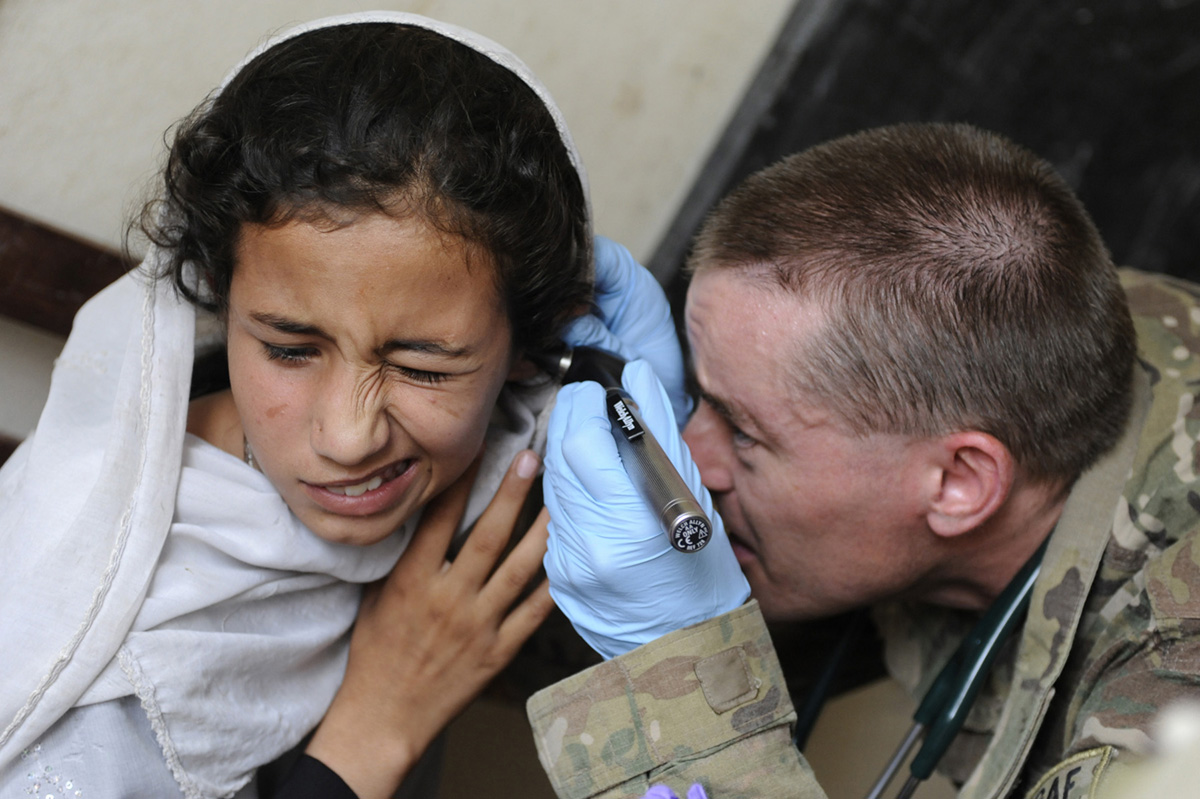





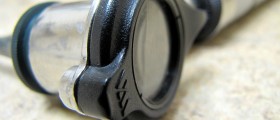



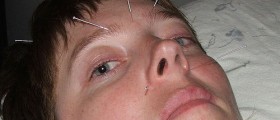


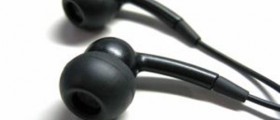
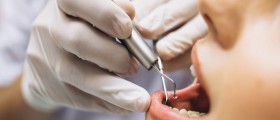
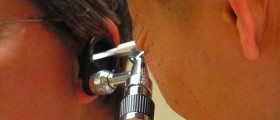
Your thoughts on this
Loading...